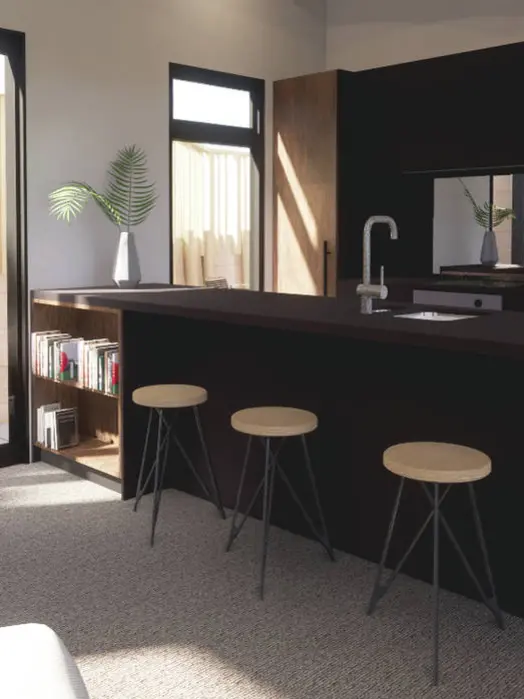NZ Housing Market: From Boom to Equilibrium

New Zealand’s housing market has moved from boom to balance. Discover the three key phases, speculation, correction, and recovery, and what today’s stability means for buyers and sellers.
The New Zealand housing market has finally reached a rare point of balance. After years of volatility, we’re now seeing stability in prices, sales, and listings, a welcome shift for both buyers and sellers.
This period of equilibrium comes after three distinct phases since the pandemic peak:
- Speculation during the pandemic – When demand surged, prices skyrocketed, and investment-driven buying activity pushed the market to unsustainable levels.
- Correction after the peak – Sales collapsed by 41%, listings dropped 20%, and values fell by 19% from their highs as speculative demand fell away.
- Recovery and balance – Beginning in early 2023, prices stabilised, listings increased, and sales picked up. By 2025, activity had returned to healthier, more sustainable levels.
Where We Are Now
As of August 2025, the median house price sits at $761,000, steady within the $750,000 to $800,000 band we’ve seen for the past two and a half years.
Listings have plateaued at 110,000 annually, back to pandemic highs, and sales remain steady at 78,000, the first flat year since the recovery began.
Interestingly, this levelling out comes despite the Reserve Bank dropping the Official Cash Rate to 3% in August. Lower rates have supported buyer affordability, particularly at the lower end of the market, but instead of fuelling another boom, the market has settled into balance.
A Healthier Market Dynamic
Unlike the pandemic years, today’s market isn’t driven by speculation. Instead, buyers are purchasing homes for their intrinsic value, places to live, grow, and build stability, rather than purely for investment return.
This is healthier for long-term sustainability, even if it doesn’t bring the dramatic price growth we saw in 2020–2021.
Regional Insights
Not all regions are behaving the same:
- Auckland & Wellington – Still under pressure, with negative one- and three-year growth.
- Christchurch – The standout major city, with the most affordable house prices and positive growth both one year and three years on.
- Tauranga – Shows strong one-year growth, but this is catch-up recovery after bigger three-year declines.
- Affordable regions (e.g. Gisborne, Southland, West Coast, Nelson, Canterbury) – The only areas with consistent one- and three-year value growth, and all below the national median.
Meanwhile, higher-priced regions (Auckland, Bay of Plenty, Waikato, Wellington) continue to carry the largest long-term decreases.
What This Means for Buyers and Sellers
For the first time in years, New Zealand has stabilised into a functioning housing market. Sellers may not see record-breaking prices, but they’re meeting real, motivated buyers. And for buyers, low rates and a less speculative environment mean fairer opportunities to secure homes without extreme competition.
In short, this “boring” market is a healthier one, and it’s creating real opportunities for people focused on long-term housing needs rather than quick gains.
We see today’s equilibrium as a positive shift. It’s a chance for buyers to make smart, sustainable moves and for sellers to engage with genuine demand. If you’re considering buying, selling, or upsizing in this new phase of the market, we’d be happy to guide you through it.
Let’s discuss your home selling strategy.
By choosing us, you’ll benefit from our expertise and commitment, ensuring you feel confident and valued throughout the entire process.






